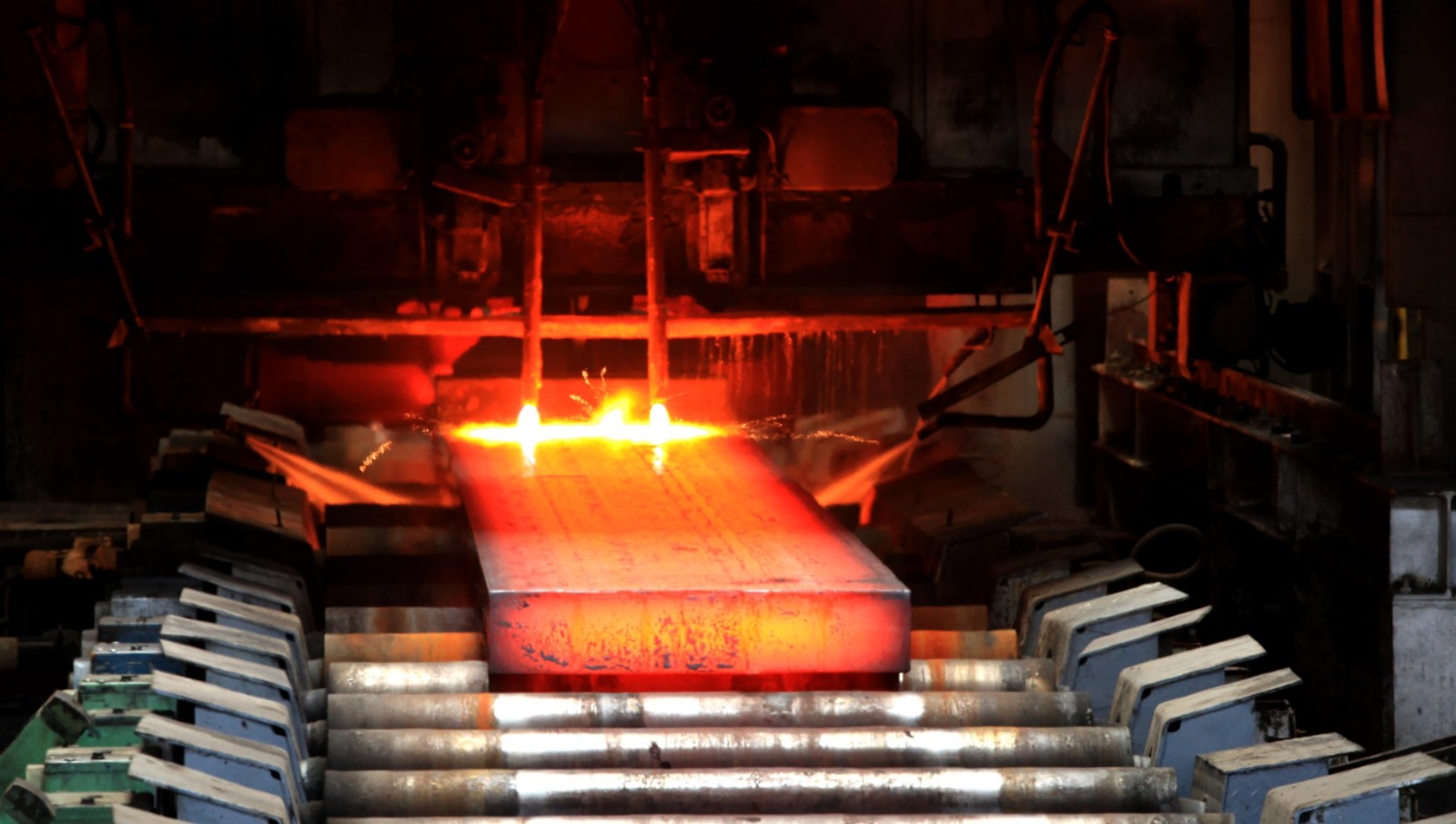Stainless steel is the universal name for a number of different steels used primarily for their anti-corrosive element. This steel has been developed to resist a number of corrosive environments. It ensures that our workplaces are safe, that buildings last longer and that our food preparation surfaces are hygienic. It is also an earth friendly material; it can be melted down, recycled and made into something else.
The corrosion resistance of iron-chromium alloys was first recognized in 1821 by the French metallurgist Pierre Berthier, who noted their resistance against attack by some acids and suggested their use in cutlery. However, the metallurgists of the 19th century were unable to produce the combination of low carbon and high chromium found in most modern stainless steels, and the high-chromium alloys they could produce were too brittle to be of practical interest.
This situation changed in the late 1890s, when Hans Goldschmidt of Germany developed an aluminothermic (thermite) process for producing carbon-free chromium. In the years 1904-1911, several researchers, particularly Leon Guillet of France, prepared alloys that would today be considered stainless steel. In 1911, Philip Monnartz of Germany reported on the relationship between the chromium content and corrosion resistance of these alloys.
Harry Brearley of the Brown-Firth research laboratory in Sheffield, England is most commonly credited as the "inventor" of stainless steel. In 1913, while seeking an erosion-resistant alloy for gun barrels, he discovered and subsequently industrialized a martensitic stainless steel. However, similar industrial developments were taking place contemporaneously at the Krupp Iron Works in Germany, where Eduard Maurer and Benno Strauss were developing an austenitic alloy (21% chromium, 7% nickel), and in the United States, where Christian Dantsizen and Frederick Becket were industrializing ferritic stainless.
Most of the standard grades still in use today were invented in the period 1913 to 1935, in Britain, Germany, America and France.
There are four major types of stainless steel. Of these, austenitic is the most widely used type. It has a nickel content of at least 7%, which makes it very flexible. It is used in a range of houseware products, industrial piping and vessels, constructional structures and architectural facades.
Ferritic stainless steel has similar properties to mild steel, but better corrosion resistance. This type of steel is commonly used in washing machines, boilers and indoor architecture. Martensitic stainless steel is a very hard, strong steel. It contains around 13% chromium and is used to make knives and turbine blades.
There is also a duplex steel that is a composite of austenitic and ferritic steels. This steel is both strong and flexible. Duplex steels are most commonly used in the paper, pulp and shipbuilding industries. They are also widely used in the petrochemical industry.

Stainless steel is a very versatile material. It can literally be used for years and remain stainless. Products made from it have a significantly longer lifespan than products made of other materials. The maintenance costs are lower, and stainless steel also has a very high scrap value.
